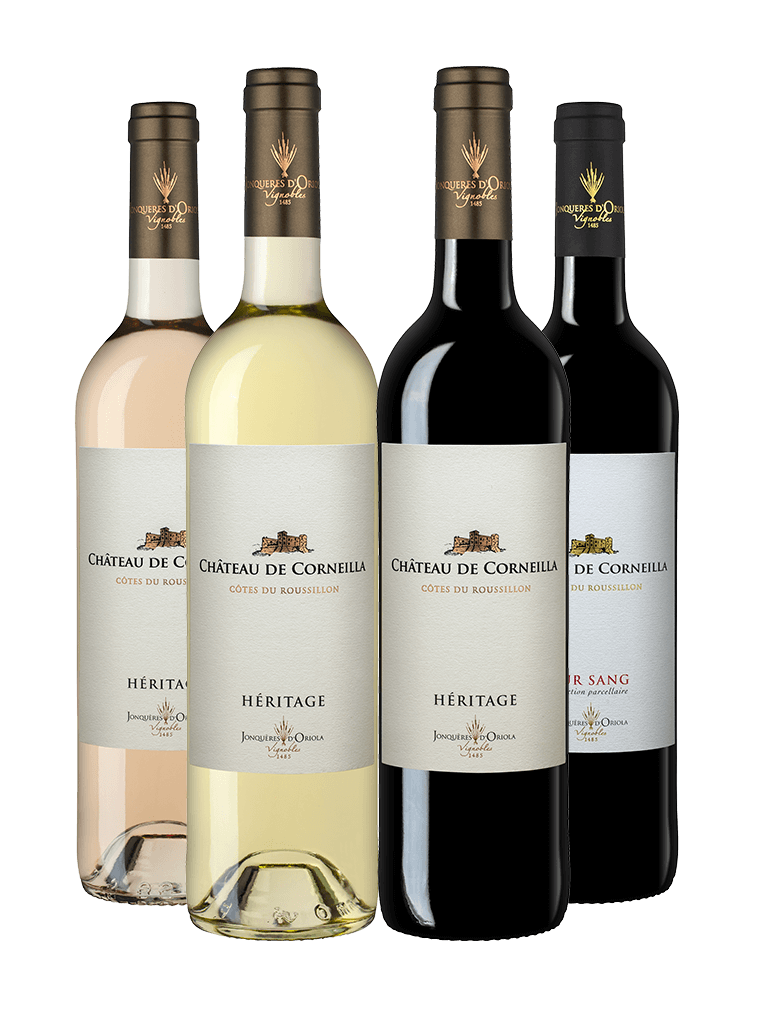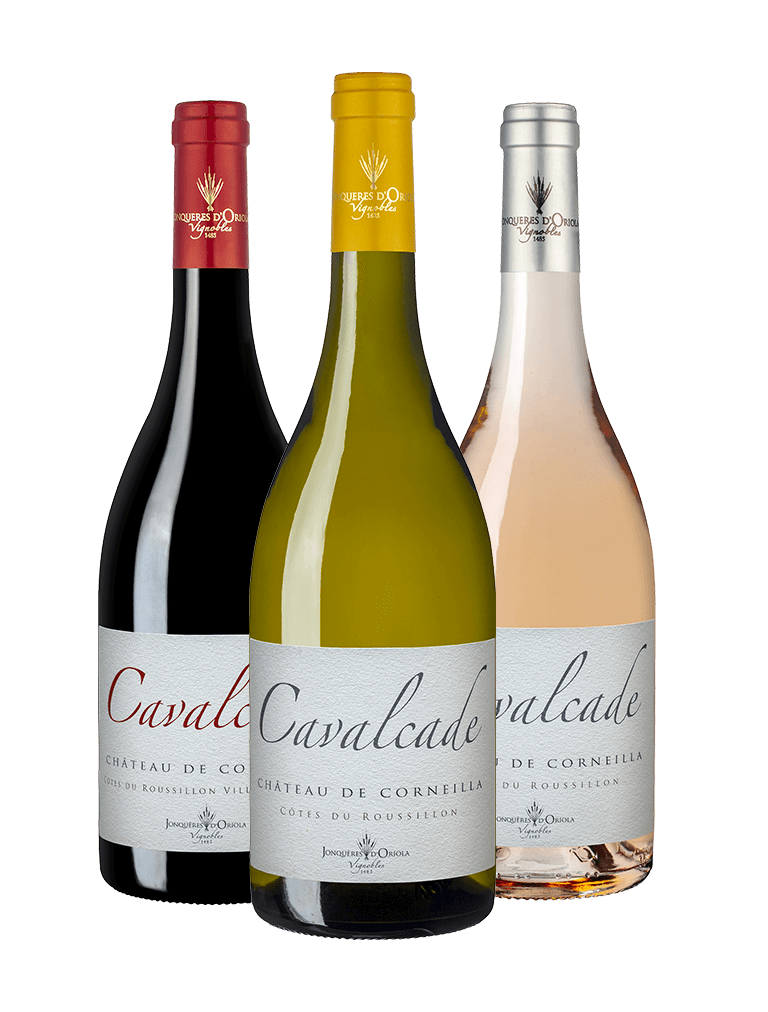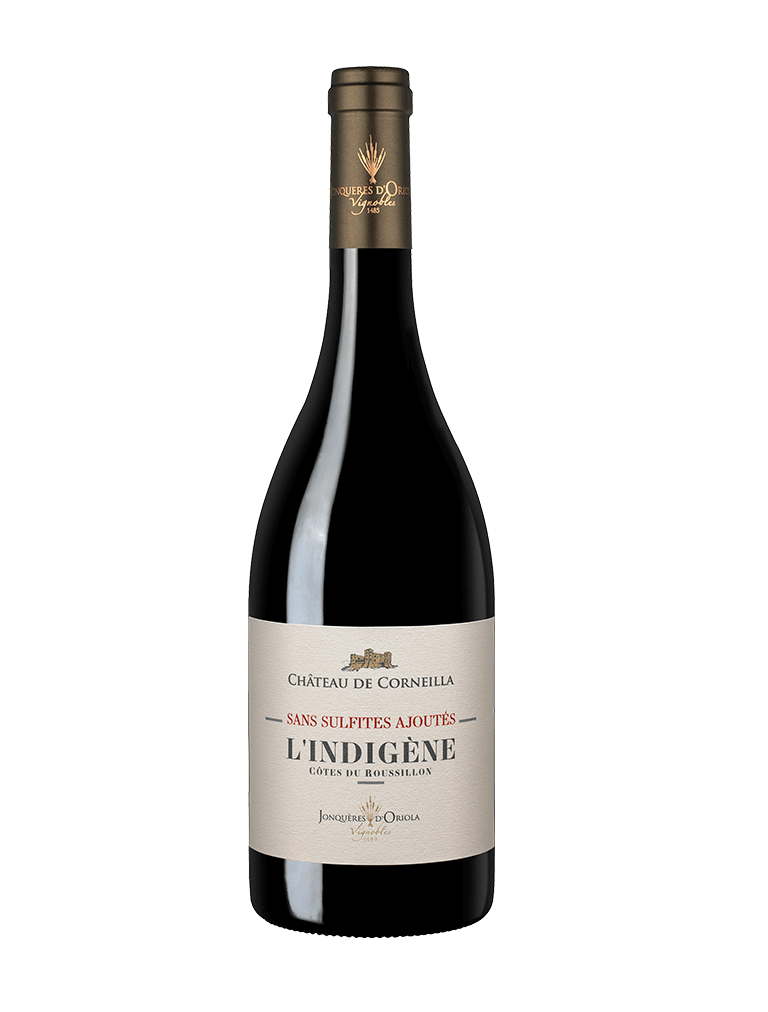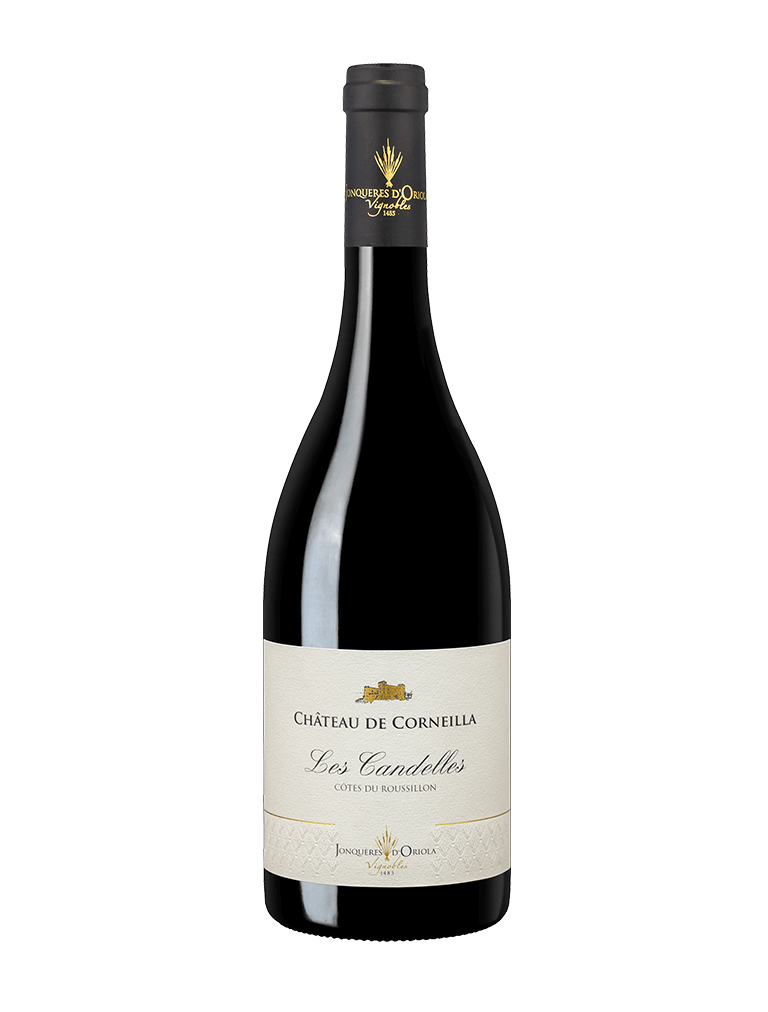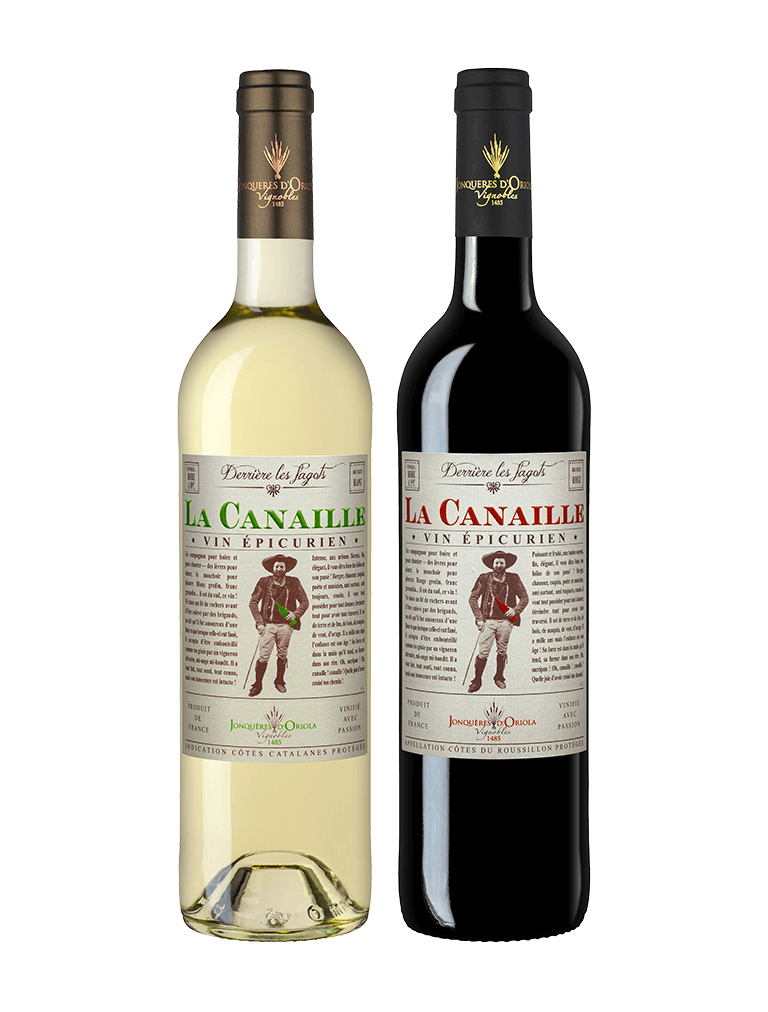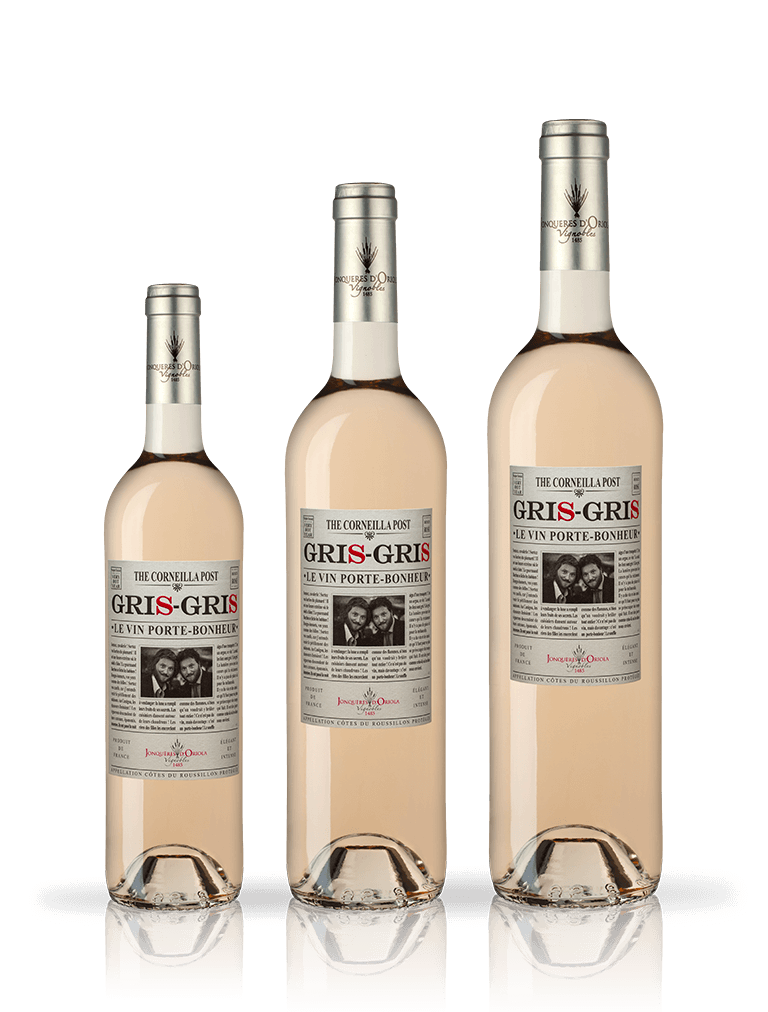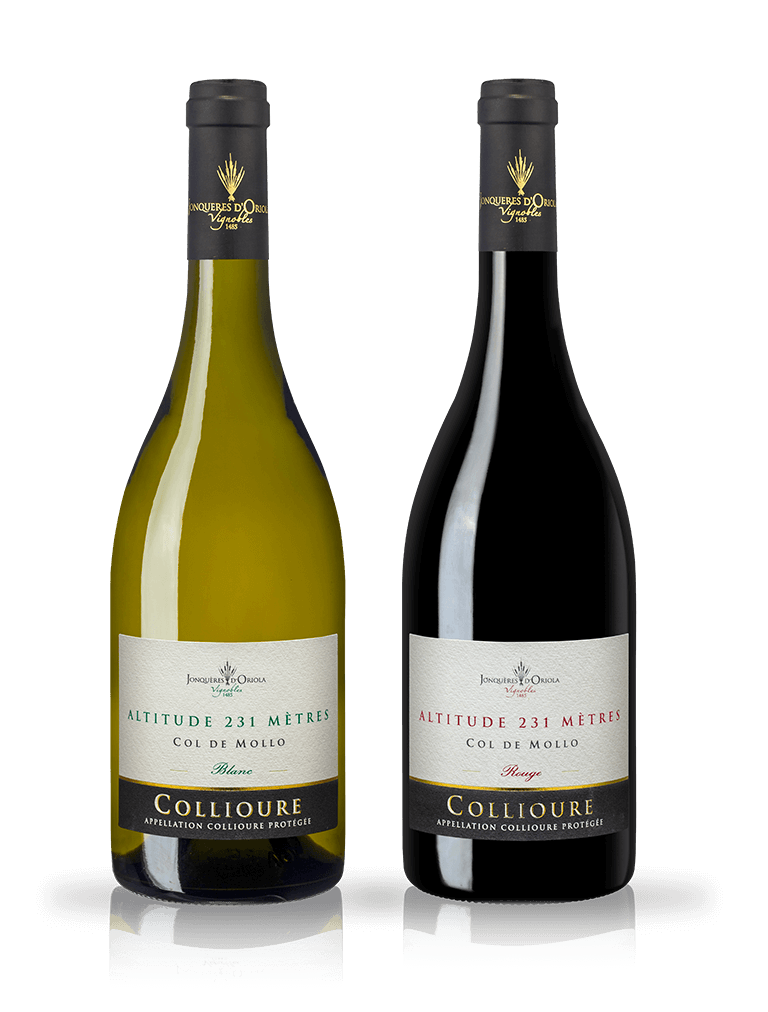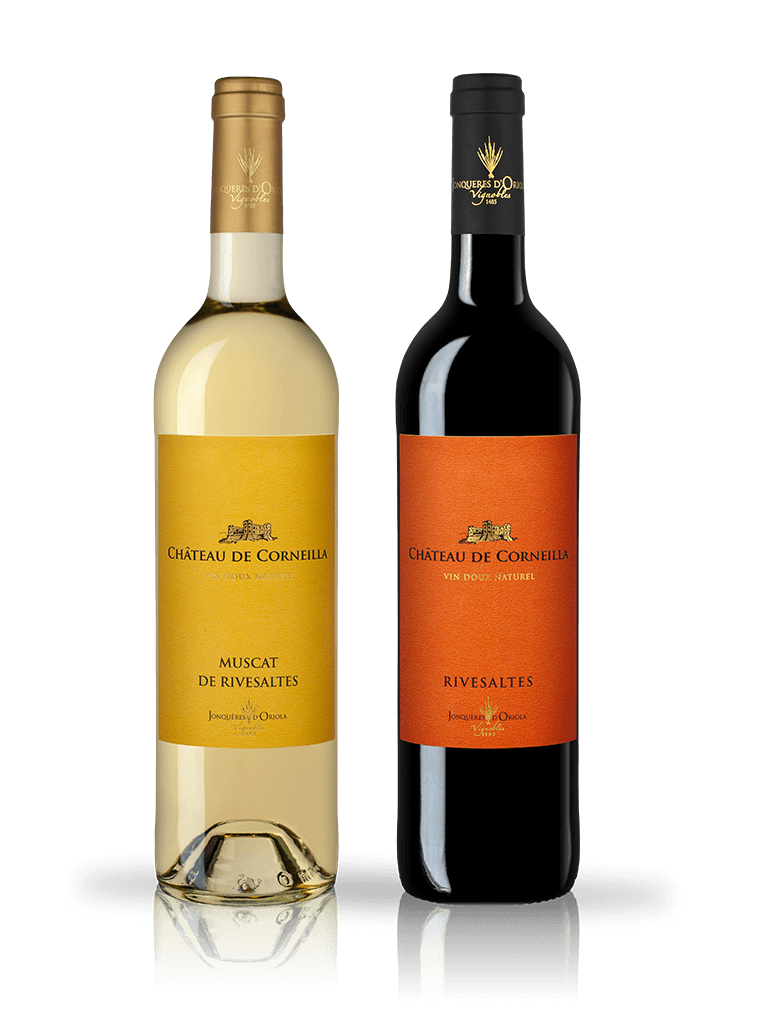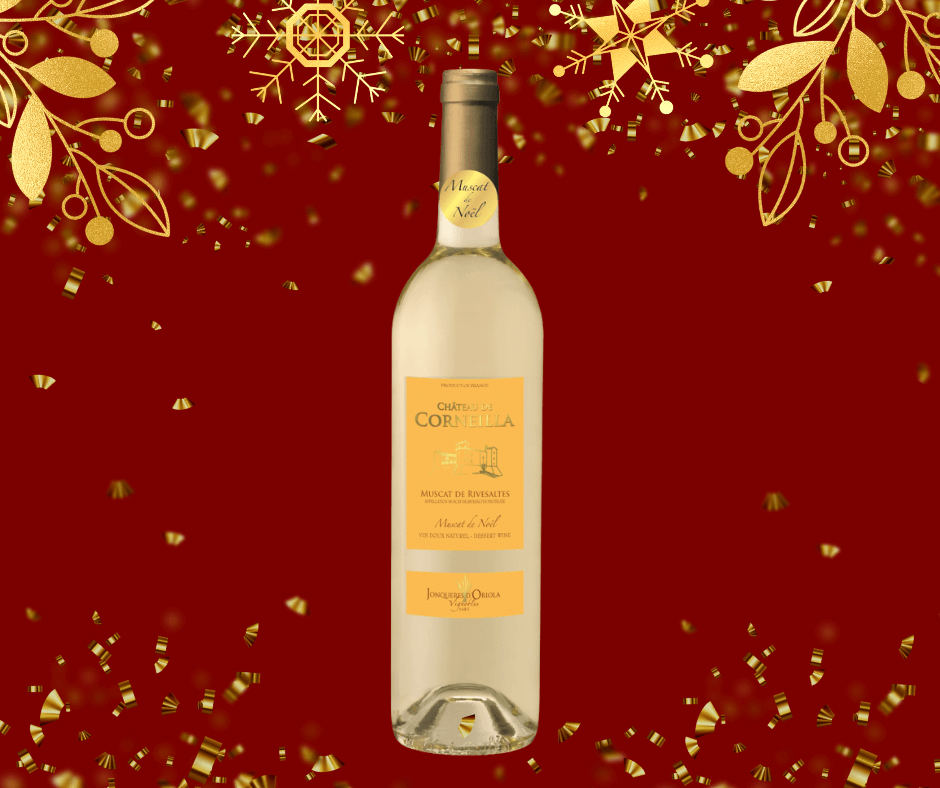
Christmas Muscat
The first Muscat de Rivesaltes of the year is bottled at the end of the harvest, and the Muscat de Noël is enjoyed from the third Thursday in November.

The first Muscat de Rivesaltes of the year is bottled at the end of the harvest, and the Muscat de Noël is enjoyed from the third Thursday in November.
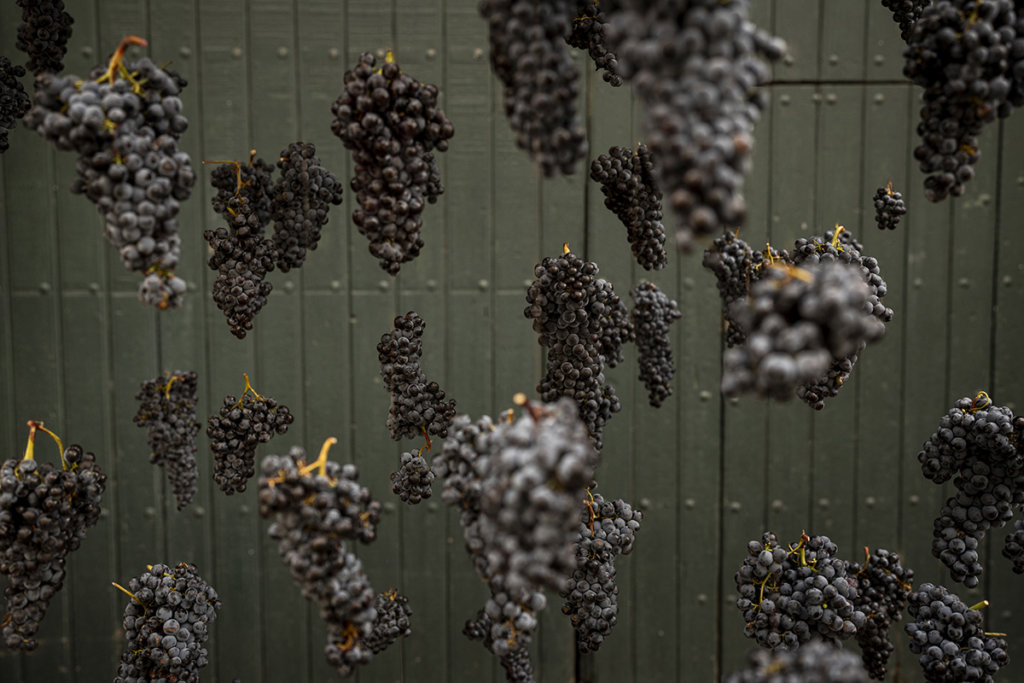
The transmission and preservation of a healthy vineyard are at the heart of our concerns. Our cultivation philosophy is geared towards genuine respect for the environment, in which biodiversity and the regulation of ecosystems must be protected.
Various actions are implemented in our vineyards to encourage ongoing biological activity. This support is essential to enable the vines to adapt to the climatic changes that affect them.
We are firmly committed to the study of soil biology: understanding how soil functions through biodiversity is essential if we are to rebuild living soils and promote regenerative agriculture.
At the same time, we are progressively applying alternative cultivation methods to allow biological activity to flourish independently and encourage auxiliary fauna in our vineyards.
Part of our vineyards are planted on Quaternary terraces shaped over time by the Ice Age and the evolution of the Pyrenees mountain range. Situated on the shores of the Mediterranean Sea at an altitude of around 50 meters, these vineyards are located on the heights of Cabestany and Canet-en-Roussillon.
The soils are clayey-stony, mainly composed of rolled pebbles and successive layers of clay. This terroir gives the wines their richness, while the maritime influence gives them a hint of iodine and an elegant freshness.
As regards the orientation of the plots, these vines are located at the top of a 17-hectare plateau. The sea breeze and heavy morning dews bring balance to these vines, ensuring optimal ripeness of the grapes.
The wines produced from these vines are fresh, balanced and intense.
A large part of our vineyards are located in the Aspres massif in the south-western part of the Pyrénées Orientales in the Côtes du Roussillon Villages les Aspres appellation.
Situated on the last foothills of Mont Canigou, these plots are located on the heights of the Roussillon plain at around 150 meters altitude, offering 360-degree panoramic views of the Roussillon, the Mediterranean Sea and the Pyrenees mountain range.
The influence of the Pyrenees mountains means cooler nights and a more undulating topography.
This Aspres terroir is made up of small ochre pebbles, fine clays, silts and decomposed granites. These more draining soils encourage deep root development for optimum expression of this wonderful terroir.
Respect for the environment and biodiversity has become an essential part of our vineyard management. We make it a point of honor to practise integrated farming and soil regeneration. The principle is to encourage the self-regulation of ecosystems, and to work in synergy with the world around us (plants, insects, animals…). This new approach results in richer, healthier soil. This upstream work and its impact on the vines result in more balanced, natural wines.
Here are the principles we apply at Château de Corneilla:
Plant cover: Once the harvest is over, we start planting seedlings in our vine rows. We’re using different types of seeds and grasses such as oats, rye, forage radish, clover and mustard. These seedlings will have different impacts on our plots:
Pollination:
We work with a beekeeper who places his hives in our plots. These hives will encourage the arrival of pollinating insects: bees, which play an essential role in agriculture and biodiversity.
Agropastoralism:
We include animals in our crop rotations, whether in the vineyards or in our organic olive groves. We graze sheep from autumn to spring. These sheep enable us to mow the plant cover naturally.
Nesting boxes for bats and titmice :
We encourage the creation of wooded areas between our plots to increase auxiliary fauna and flora, and thus create balanced ecosystems. In January 2022, we built and installed nest boxes for bats and chickadees: we install 5 nest boxes per hectare for bats and 2 nest boxes per hectare for chickadees. These nesting boxes are placed in hedgerows or large oak trees on the outskirts of our plots (agroforestry) to naturally reduce the pressure of insect pests on the vines.
